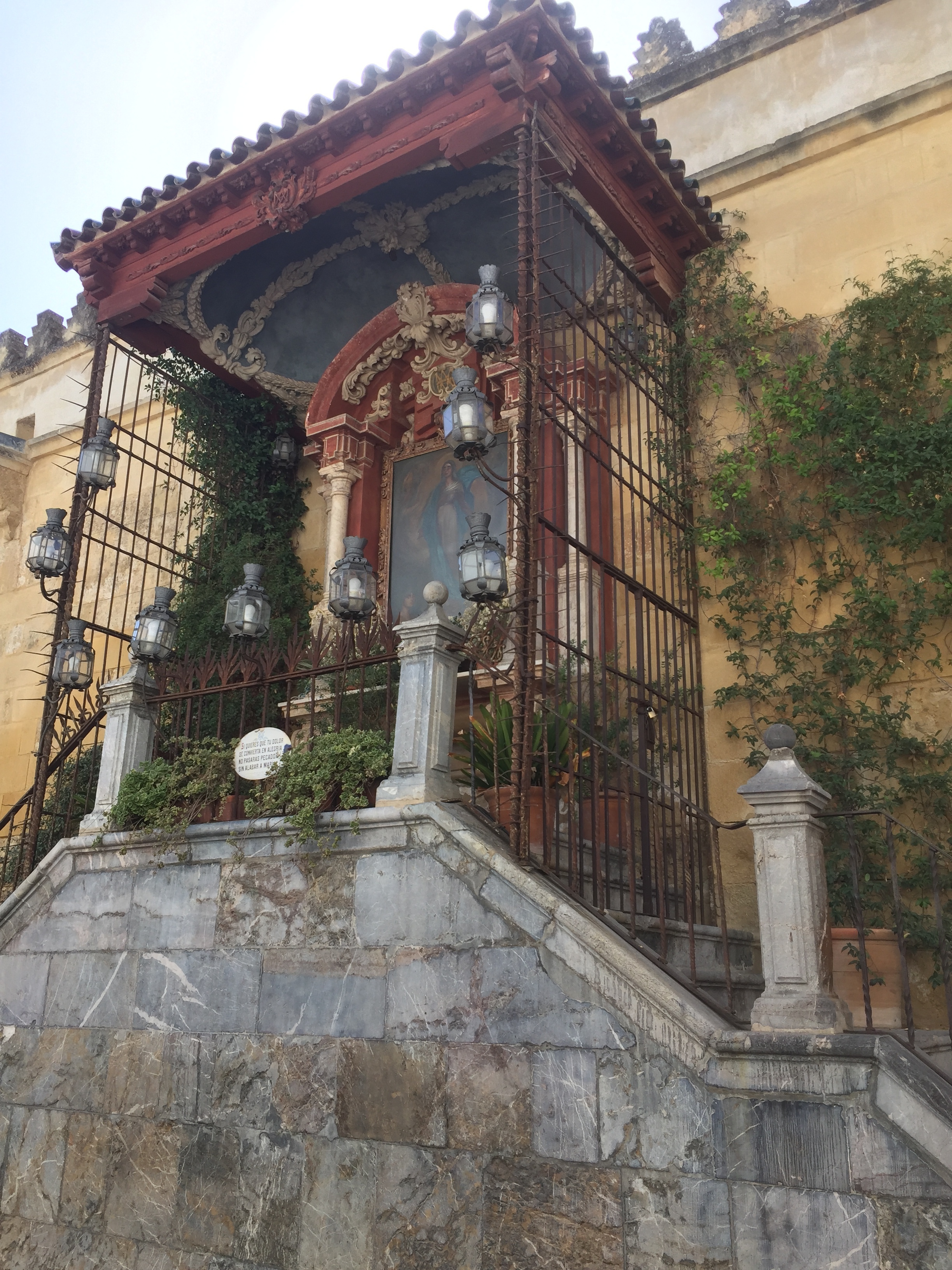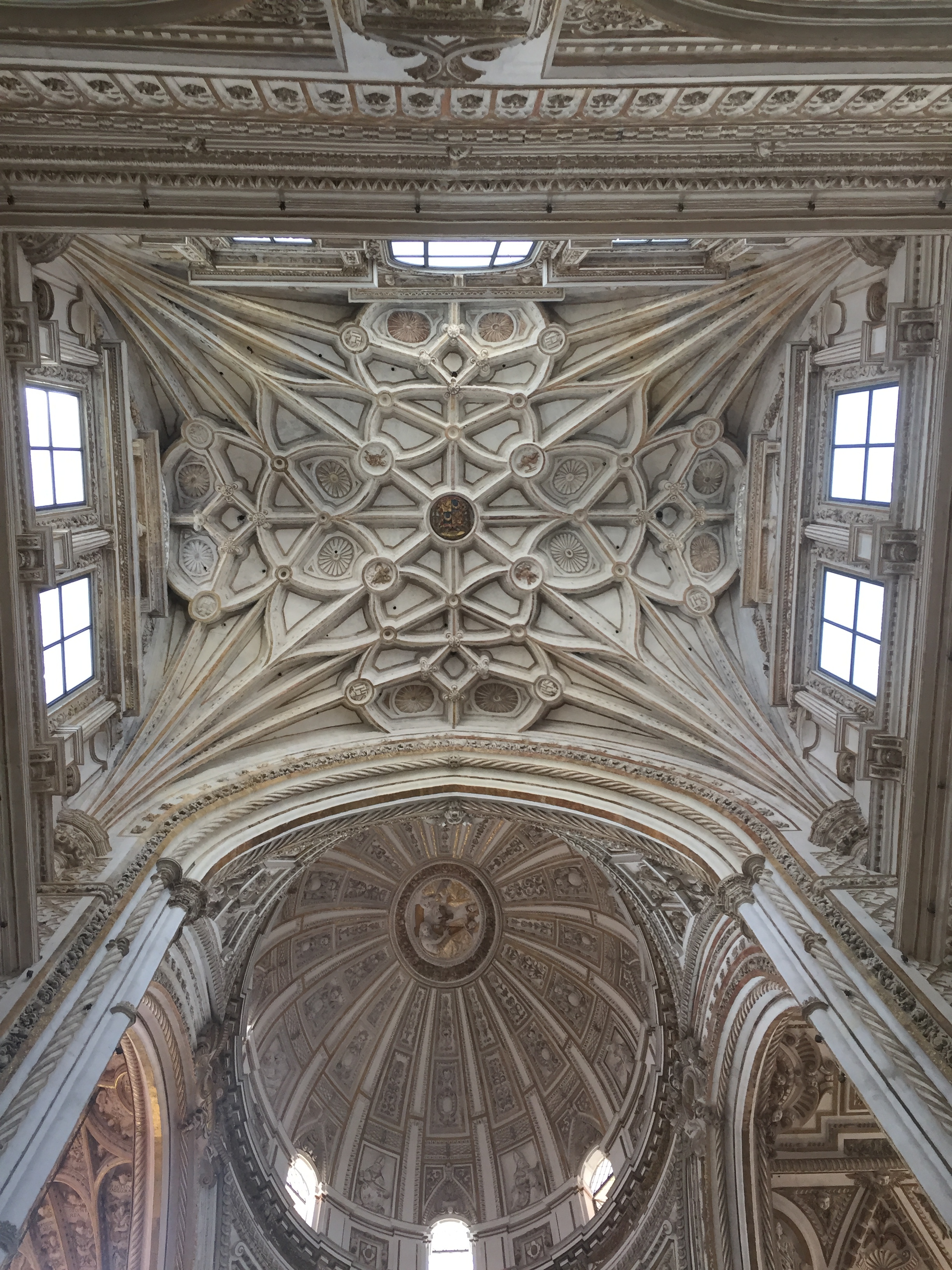Córdoba: A Day Trip
After moving so quickly with friends and family, we stayed in Seville a few extra days on our own to slow down our pace. It was wonderful to share so much of our year, but we were moving around far quicker than we’ve become accustomed to. Truthfully, it was the first time this year we’ve experienced a sense of burnout.
We took the Renfe train, which is a bit more expensive, but such a pleasant way to travel. The trip ranges from 45 minutes to an hour and a half, depending on the ticket price. Regardless, it’s a very scenic route.
There’s really one site in Córdoba that makes it worth the trek: the Mezquita mosque-cathedral .
The Mezquita is one of the world’s most iconic Islamic buildings, and considered a consummate monument of Moorish architecture.
It illustrates the refined and cultured lifestyle from over a century ago.
In the Middle Ages, Córdoba was capital of Islamic Spain. At the time, it was deemed the grandest and most sophisticated city in western Europe.
Córdoba was a gathering point for various religions, and thus, the architecture is emblematic of Muslim, Catholic, and Jewish influences.
The Mezquita was originally constructed as a mosque in the 8th century, when Islam was the predominant religion in the region.
As we navigated the maze-like layout, the red and gold stripped sandstone can feel dizzying, and even supernatural.
Córdoba went under Christian rule in 1236, and after the city’s Christian’s Reconquest, the building was transformed into a Roman Catholic church.
It was the juxtaposition of the two religions in one awe-inspiring structure that we found so moving. At a single glance, it’s an a decorative Cathedral, but the same frame shows elaborate Moorish archways.
As you walk under the tallest arches, you can nearly feel the stages as it was reconstructed.
The largest alteration was Renaissance nave constructed in the 16th century. The building was continued to be added to and embellished until the late 18th century.
The Mezquita was undoubtedly one of the most unique structures we’ve seen this year. We’ve experienced brilliant ancient civilizations between Ankor Wat and the Group of Monuments at Hampi. For me, the Mezquita is seriously ranked up there. However, unlike Ankor Wat and Hampi. the Mezquita can be explored in about an hour.
For visitors, Córdoba is known for the Mesquita, and rightfully so. It is, after all, why we initially made the trip.
But the city holds such a tremendous vibrancy. The Spanish culture is palpable.
In many ways, the narrow streets and building arches feels like the core of the Andalusia region.
Although it was hot—really hot—we appreciated following the shade, winding down the narrow lanes.
When we were in Madurai, our hosts told us not to venture down some streets after dark. It can get “lonely,” they explained. I appreciated that way of describing unnerving areas of town. Córdoba felt anything but dangerous. However, there were some streets, in the most literal sense, that felt lonely.
Particularly, La Judería, or the Jewish quarter, where the white walls feel almost primeval. But there’s a very good reason: The whitewashed buildings and walls deflect the heat from the sun.
Despite the reticence, there was still plenty to explore. Sherry bars, quaint cafes, and surprising, secret inner courtyards.
The city exudes history. The Roman Walls, which once surrounded Córdoba, were constructed after the Romans captured the city in 206 BC.
It wasn’t until about 2 p.m. that we personally felt the more traditional aspect of the city.
Unlike the more tourist-centric Seville, Córdoba seemingly completely shutdown for siesta.
We wandered outside of the center of town at this point, looking for a quick bite with no luck. Shops were clearly closed until evening. We came across Kurtuba Gastro Bar, which looked promising. We ordered simple toasts: Jamón ibérico and goat cheese with tomato jam.
After, we found a park nearby, and were immediately drawn to the shade. The temperature had now peaked to 110 degrees.
We played cards, read. Once again, inspired by Spain’s green space. The country has some of the most well thought out public parks we’ve experienced.
Our day in Córdoba ended at Heladeria David Rico for old fashioned milk shakes.
Córdoba is a colorful city, uniquely rooted in history. It’s quintessentially Spanish in culture and architecture. Of course, there will always be more to see—the Alcázar de los Reyes Cristianos or the Palacio de Viana—but we found that one day sufficed. It’s not terribly large, and the ease of getting to Córdoba from Seville made it totally worth it.








































